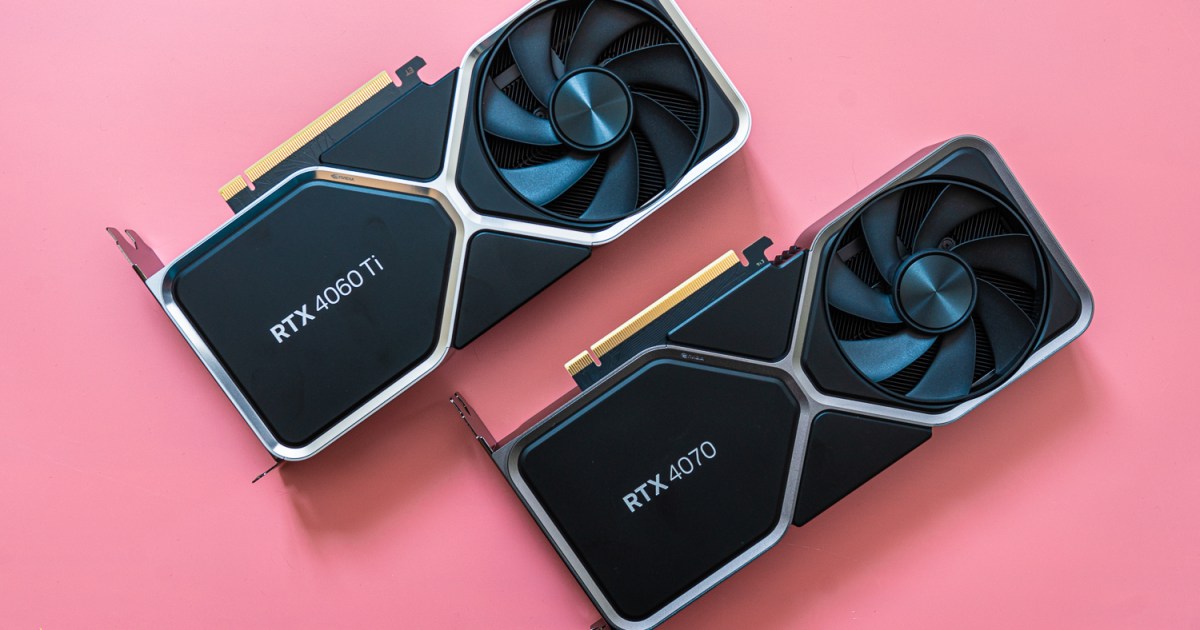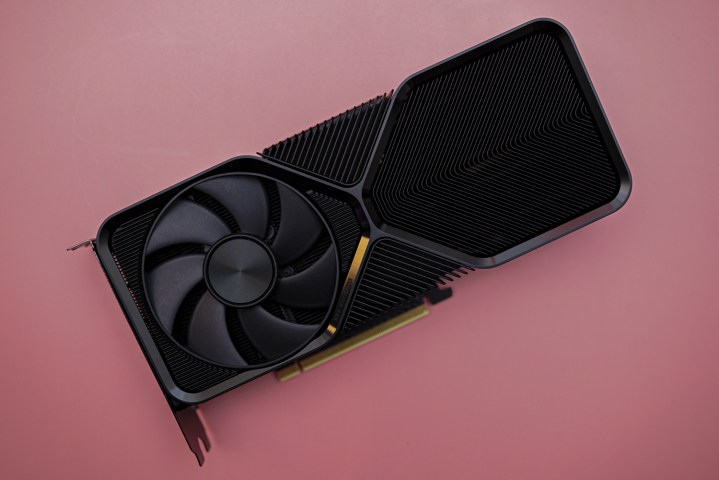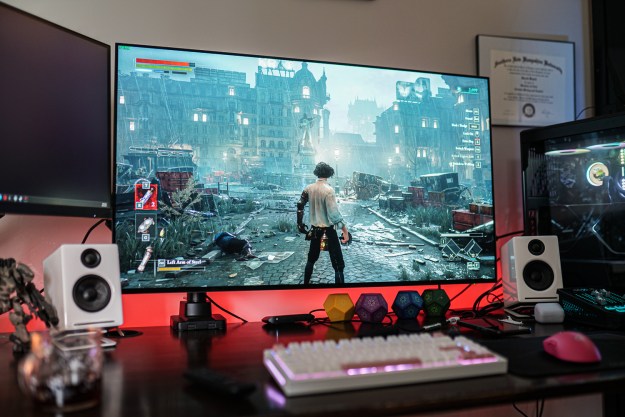GPU prices are back on the rise again
Just when we thought we were fully out of the woods when it comes to GPU prices, a new report tells us that things might be about to get worse.

 Jacob Roach / Digital Trends
Jacob Roach / Digital TrendsWe haven’t had to worry about the prices of some of the best graphics cards for quite some time. With most GPUs sold around their recommended retail price, there are plenty of options for PC builders in need of a new graphics card. However, a new report indicates that we might see an increase in GPU prices, especially on the cards made by Nvidia’s add-in board partners (AIBs). Is it time to start worrying about another GPU shortage? Not quite, but it might be better to shop now before it gets worse.
The grim news comes from IT Home, a Chinese tech publication that cites anonymous “industry sources” as it predicts that Nvidia’s AIBs are about to raise their prices by up to 10% on average — and this won’t be limited to high-end GPUs along the lines of the RTX 4090. In fact, IT Home reports that the RTX 4070 Super has already received a price increase of about 100 yuan, which equals roughly $14 at the time of this writing. This is a subtle price increase given that the GPU costs $550 to $600, but according to the report, it might just be the beginning.
Less impressive GPUs, such as the RTX 4060 or even the RTX 3050, have also received price adjustments, going up by around 50 yuan ($7). Again, an insignificant increase, but a worrying trend, given that GPUs have mostly been selling at their retail price — or below — for months.
It’s unclear how much more the prices are expected to rise, and over what period of time, but if the 10% prediction comes true, it’ll probably take a few months. A 10% increase would mean the Nvidia RTX 4070 Super might jump in price to around $650, giving AMD a greater edge in the mainstream segment.
 Jacob Roach / Digital Trends
Jacob Roach / Digital TrendsSupply and demand are likely the factors that play the biggest role in this rumored price increase. Nvidia’s RTX 30-series cards are slowly disappearing from shelves. The RTX 40-series, on the other hand, while not free from disappointing GPUs, seems to be doing well. For cards like the RTX 4060 Ti that are not worth buying, IT Home claims that Nvidia has been controlling the supply in order to maintain the pricing. As a result, instead of GPUs becoming cheaper, many models have maintained their retail price or stayed slightly under.
Nvidia’s RTX 4090 was the first GPU of this generation to consistently sell far above its retail price, and that GPU usually sells for above $1,800 right now, with some models priced at well above $2,000. Mainstream GPUs have almost no chance of being that overpriced, but a 10% increase doesn’t seem unrealistic. While IT Home discusses the Chinese GPU market, these price increases — if they happen — may affect the global market, too.
What about AMD? It’s hard to say, but it has a lot to gain from keeping the prices as they are if Nvidia’s GPUs get more expensive. AMD already sells GPUs that are an excellent value, such as the recent RX 7900 GRE, so if it maintains its current pricing, it’ll only look better compared to Nvidia than it does now.
Editors' Recommendations
The sad reality of AMD’s next-gen GPUs comes into view Everything you need to know about buying a GPU in 2024 You shouldn’t buy these Nvidia GPUs right now 5 GPUs you should buy instead of the RTX 4070 What is VSync, and why do you need it?Monica is a UK-based freelance writer and self-proclaimed geek. A firm believer in the "PC building is just like expensive…
How 8GB VRAM GPUs could be made viable again
Perhaps there is still some hope for GPUs with low VRAM. According to a new patent published by Microsoft, the company worked out a method that could make ray tracing and path tracing more viable in terms of how much video memory (VRAM) they use. As of right now, without using upscaling techniques, seamless ray tracing requires the use of one of the best graphics cards—but this might finally change if this new method works out as planned.
This new patent, first spotted by Tom's Hardware, describes how Microsoft hopes to reduce the impact of ray tracing on GPU memory. It addresses the level of detail (LOD) philosophy, which is already something that's used in games but not in relation to ray tracing, and plans to use LOD to adjust ray tracing quality dynamically, thus lowering the load that the GPU -- particularly its memory -- has to bear.
Nvidia DLSS is amazing, but only if you use it the right way
Nvidia's Deep Learning Super Sampling, or DLSS, has become a cornerstone feature of modern PC games. It started as a way to boost your performance by rendering a game at a lower resolution, but the prominence and popularity of DLSS have prompted Nvidia to add even more features under the name.
Today, DLSS incorporates several different features, all of which leverage AI to boost performance and/or image quality. It can be intimidating if you're a new RTX user, so I'm here to break down all of the increases of DLSS in 2024 and how you can best leverage it in supported games.
The many features of DLSS
This new GPU feature is ‘a whole new paradigm’ for PC gaming
Microsoft has released its Agility SDK 1.613.0, which features some critical components that will be shown to developers at the Game Developers Conference (GDC) in San Francisco next week. The most interesting component is Work Graphs, which Microsoft describes as "a whole new paradigm" for graphics cards.
Work Graphs enable GPU-driven work. Normally when you're playing a PC game, there's a relationship between your GPU and CPU. Your CPU gets work ready and sends it to your GPU, and then your GPU executes that work. Work Graphs is an approach that allows your GPU to schedule and execute its own tasks, which has some massive implications for performance.

 MikeTyes
MikeTyes 





































